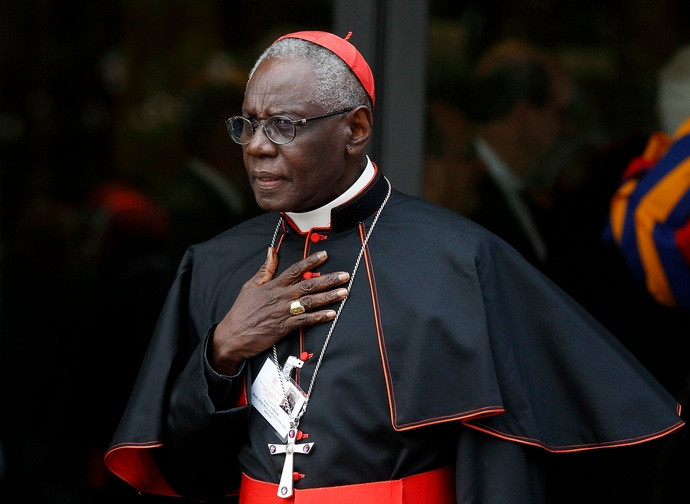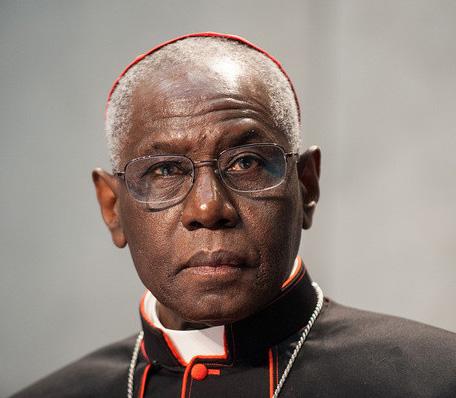

Second, Cardinal Sarah has bought into the myth of rupture. Three popes gave generous consideration first to older priests having difficulty with the 1970 Missal, second to younger persons who were being seduced by schismatics, and finally to a new generation that found refuge with the traditional liturgy and undoubtedly personal fruit. Liturgical peace is the sign of the peace that the Church can bring to the world.įirst, the advent of two parallel rites was instigated after the Council by those flirting with or declaring an opposition to Church teaching in the Second Vatican Council. By keeping alive a liturgical war within herself, the Church loses her credibility and becomes deaf to the call of men. But then the Church could no longer offer the world that sacred continuity, which alone can give her peace. If one were to radically exclude one in favor of the other, if one were to declare them irreconcilable, one would implicitly recognize a rupture and a change of orientation. Pius V and the Mass of Paul VI, then the Church must be able to organize their peaceful cohabitation and their mutual enrichment. If she affirms the continuity between what is commonly called the Mass of St. Perhaps this is Cardinal Sarah’s key paragraph:īeyond the quarrel over rites, the credibility of the Church is at stake. Fat and frills were trimmed from the Roman Rite, and the people’s language was activated. Readings, sacraments, rituals: all largely the same. First, rupture is not always a bad thing when conversion is the object. I would quibble with Pope Benedict’s characterization of the 1970 Missal as a rupture. Unless you are a member of a first world aristocracy who see religion as a tool to keep the 99% paying, praying, and obeying. Some might say the damage was incalculable, and the potential losses great: mission churches held back by a certain infantilizing of European churchmen, and discouraged millions battered by a world at war, hot and cold, no longer look to religion as having answers. The world changed more in the four centuries after Trent than it did in any four centuries in human history.

Rome abandoned the assembly of prayer and other resources from outside the Holy See. In the history of liturgy there has also been a significant era of stagnation. It behooves all of us to preserve the riches which have developed in the Church’s faith and prayer, and to give them their proper place.” What earlier generations held as sacred, remains sacred and great for us too, and it cannot be all of a sudden entirely forbidden or even considered harmful. This is undoubtedly the reason for which Benedict XVI could authoritatively affirm: “In the history of the liturgy there is growth and progress, but no rupture. The good cardinal, and former head of the Roman dicastery for liturgy is earnest, well-meaning, but perhaps fumbles his argument a bit on a few topics. The NCReg has a translation of Cardinal Robert Sarah’s essay on credibility, liturgy, and rupture.


 0 kommentar(er)
0 kommentar(er)
